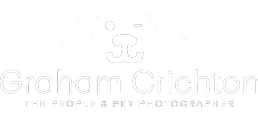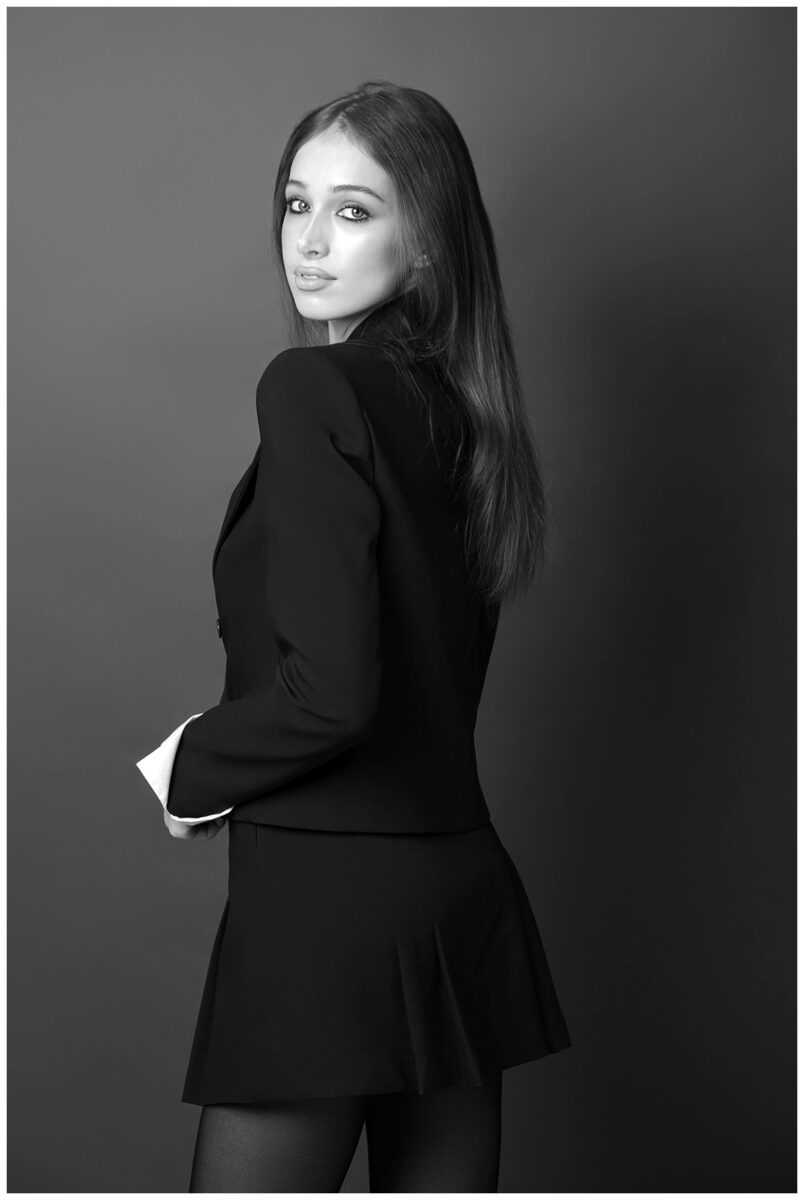Your headshot is much more than just a photo; it’s your personal brand and often the first impression you make on casting agents. It’s a pivotal tool in your acting toolkit, so investing in a high-quality headshot is essentially investing in your future success. To guarantee the best possible outcome, it’s crucial to put time and effort into finding an experienced and skilled professional photographer who understands the nuances of creating a headshot that speaks volumes about your professionalism and talent.
Essential Tips for a Winning Headshot:
- Choose a Recent Photo: Your headshot should be a current representation of you, ideally a head and shoulders shot that truthfully shows your look. This helps casting agents recognize you and appreciate your authenticity.
- Embrace Naturalness: In the world of casting, authenticity is key. Ensure your headshot reflects the real you, without any over-the-top styling. Casting directors are on the lookout for genuine characters.
- Simplicity in Attire: When selecting your outfit, lean towards simplicity. Avoid flashy clothing, large hats, props, complex backdrops, or eye-catching accessories. You want the focus to be on you, not your attire.
- Eyes Front and Center: Your eyes can tell a story, so make sure they are a focal point in your headshot. Clear, visible eyes can make a strong impact.
- Minimal Retouching: Keep photoshop and airbrushing to a bare minimum. Over-edited photos can lose their authenticity, and dramatic studio lighting might alter your natural appearance, which is not ideal.
Steer clear of blurry, pixelated, or amateurish headshots. These can come across as unprofessional and might negatively influence casting directors’ perception of you.
Selecting the Ideal Headshot: Your headshot should do more than just meet basic criteria; it should radiate your personality and charm. It’s about striking a balance between showcasing who you are and keeping your options open for a variety of roles. Your headshot is your chance to make a memorable statement to casting directors.
Regular Updates to Your Headshot: To ensure your headshot accurately reflects your current appearance, update it every two years or after any major changes in your look, like a new hairstyle or hair color. Staying up-to-date is key in the dynamic world of acting.
Your Spotlight Profile: Regarding your Spotlight profile, a few high-quality images, say two to three, in addition to your main headshot, should suffice. Casting directors typically won’t sift through an extensive gallery, so make those few images count.
Color vs. Black and White: When it comes to headshots, color is generally the preferred choice for casting directors. It provides a clearer and more realistic representation of you.
Cropping Your Headshot: For UK casting, adhere to the standard close-cropped head and shoulders portrait. However, if you’re targeting the American market, consider a tighter crop that includes more of your upper body, aligning with US preferences.
Make-up for the Shoot: Choose make-up that enhances your natural look, akin to ‘you on a good day’. Since make-up can appear differently in front of the camera, consult with your photographer beforehand to achieve the best outcome.
Choosing Your Wardrobe: Bring a range of outfits to your session, around 4-6, and opt for neutral tones that complement your appearance. Keep away from loud patterns or branding that might distract from your face.
Things to Consider When Booking Your Shoot:
- Cost: Remember, a great headshot is an invaluable asset in your career. Seek recommendations and consider it a worthwhile investment.
- Retouching: Clarify if retouching is part of the package or an additional expense, and understand how many final edited photos you’ll receive.
- Time Allotment: Familiarize yourself with the photographer’s pricing model (by the hour or session) and opt for the most extensive session you can comfortably afford. This allows for a relaxed and authentic shoot.
- Number of Final Photos: Focus on the quantity of final, usable photos rather than the total number of shots taken.
- Shoot Location: Decide between indoor (controlled environment) or outdoor settings (variable conditions). For outdoor shoots, avoid midday lighting and aim for the ‘golden hour’ near sunset for optimal lighting.
- Contracts: Ensure a contract is in place and thoroughly review it before committing to a photographer.
In essence, your headshot is a key element in your career path, and it deserves careful planning and consideration. With these tips and a bit of preparation, you’re well on your way to capturing a headshot that not only opens doors but also tells your unique story.




